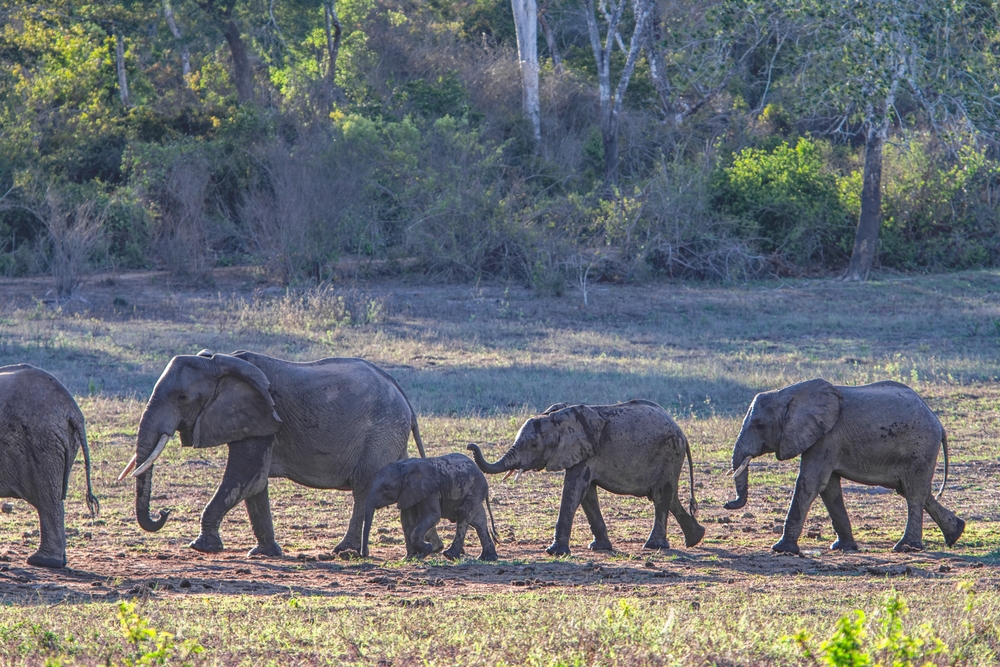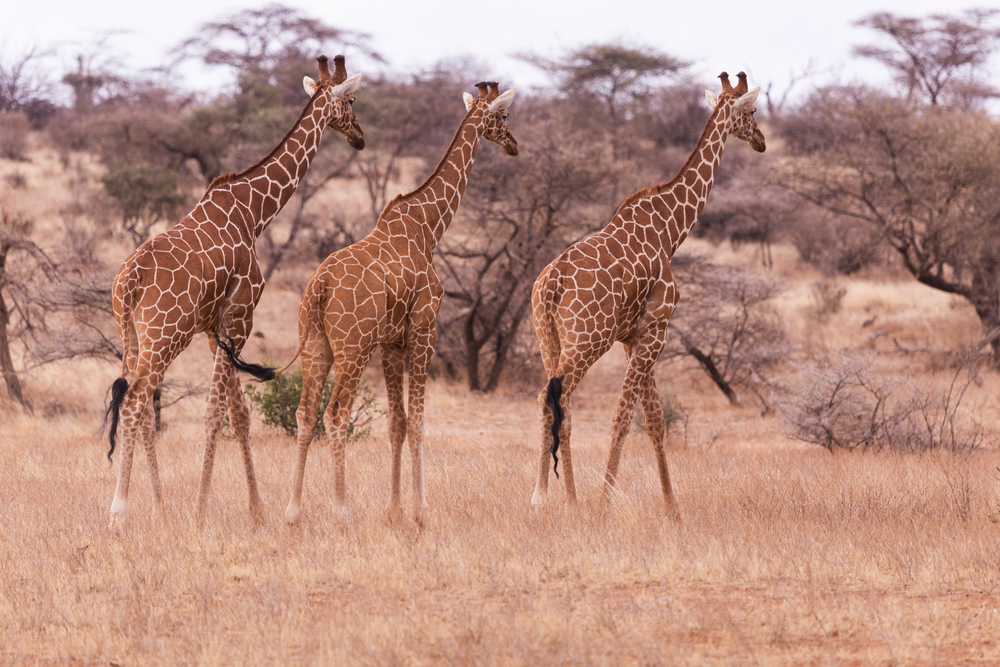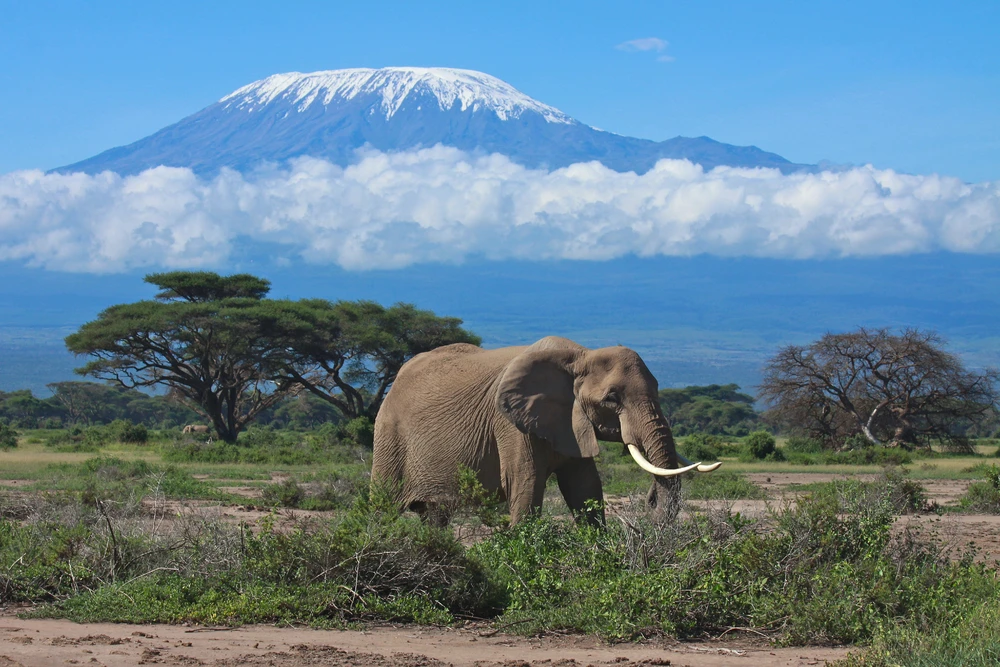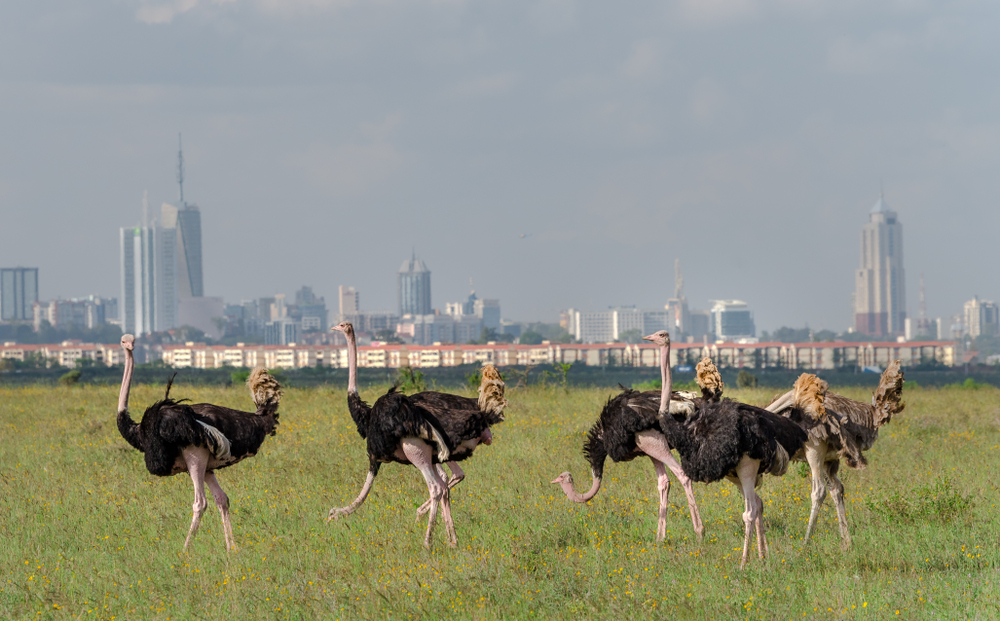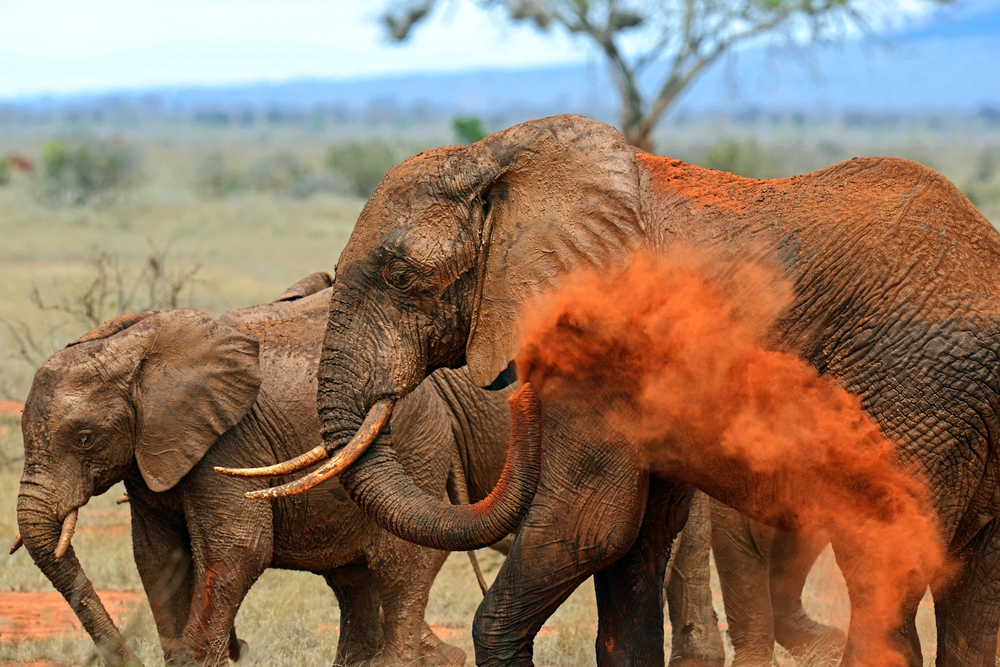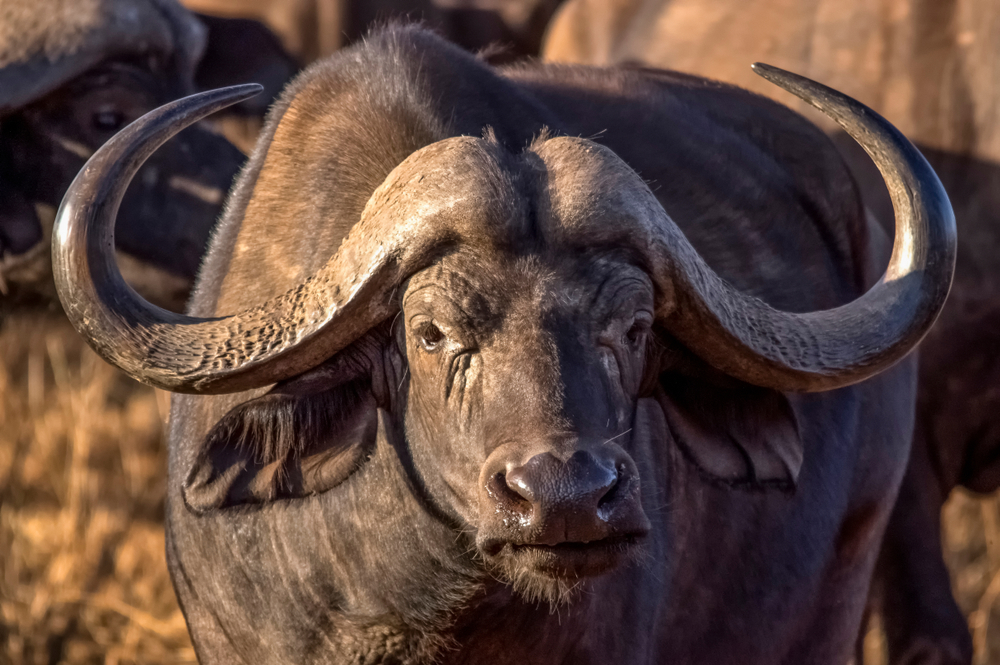Arabuko Sokoke Overview
Arabuko Sokoke National Park, known locally as Hifadhi ya Taifa ya Arabuko Sokoke, is an ecological treasure located along Kenya’s picturesque coastal belt near Malindi and Watamu. Spanning approximately 420 square kilometers (162 square miles), it is the largest and most intact coastal forest in East Africa. This park is part of the globally recognized East African Coastal Forests Biodiversity Hotspot, valued for its exceptional biodiversity and endemism.
The park’s landscapes are an enchanting blend of lowland forests, scrublands, and thickets interspersed with seasonal rivers and swampy areas. These unique ecosystems support a remarkable diversity of plant and animal life, making Arabuko Sokoke a prime destination for researchers, birdwatchers, and eco-tourists alike.
Arabuko Sokoke National Park is renowned for its rare and endemic wildlife. It is home to the elusive golden-rumped elephant shrew, a species found nowhere else in the world, as well as the rare sokoke bushy-tailed mongoose and Ader’s duiker. The park also provides a refuge for larger mammals, including bushbucks and African civets. Its rich diversity extends to reptiles and amphibians, including the green mamba and the Arboreal forest tree frog.
Birdlife is one of Arabuko Sokoke’s standout features. The forest supports over 230 bird species, making it a globally recognized Important Bird Area (IBA). Visitors can spot rare species like the clarke’s weaver, sokoke scops owl, and ashy cisticola. These birds, alongside vibrant butterflies and other pollinators, contribute to the forest’s dynamic ecosystem.
The flora of Arabuko Sokoke is equally impressive. Three distinct vegetation zones—Cynometra, Brachystegia, and Mixed Forest—characterize the park, each hosting unique species of trees, shrubs, and herbs. These plants play essential ecological roles, providing habitat, food, and resources for the forest’s inhabitants. Medicinal plants and culturally significant tree species also highlight the forest’s value to local communities.
Arabuko Sokoke National Park is not only an ecological haven but also a symbol of conservation success. It is managed collaboratively by the Kenya Wildlife Service, the National Museums of Kenya, and local communities, alongside international conservation organizations. These partnerships focus on protecting the forest from threats like illegal logging, poaching, and habitat loss. Sustainable tourism and education initiatives further promote conservation and community engagement.
Visitors can enjoy guided forest walks, birdwatching expeditions, and night safaris to experience the park’s tranquil beauty and vibrant wildlife. Nearby attractions like the Gede Ruins and Watamu Beach add cultural and recreational dimensions to any visit. The park’s serene environment and unique biodiversity create unforgettable experiences for all who explore it.
In summary, Arabuko Sokoke National Park is a jewel of Kenya’s natural heritage. Its diverse ecosystems, rare species, and conservation efforts make it a must-visit destination for nature lovers and adventure seekers alike.








































































